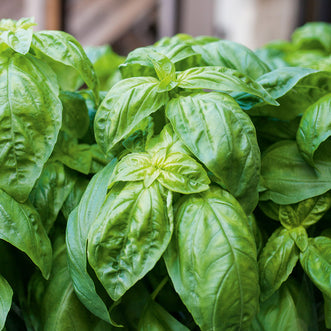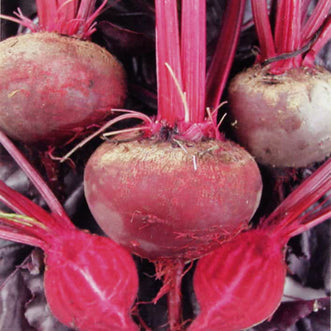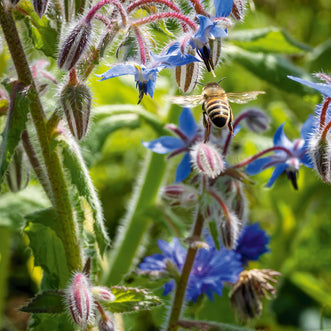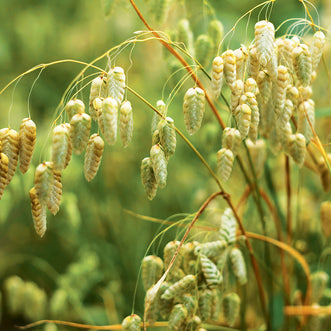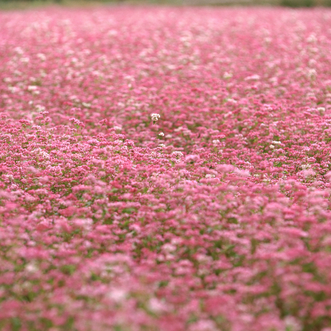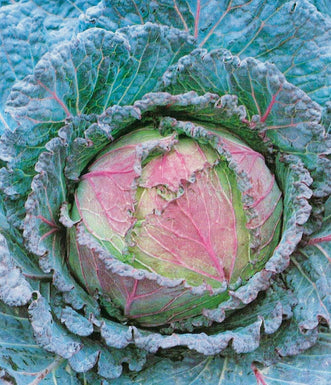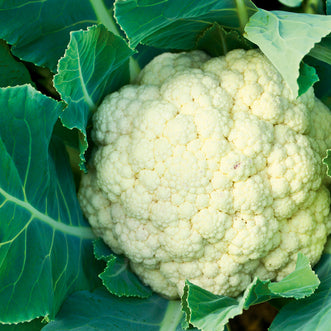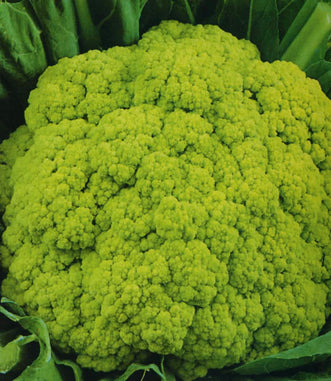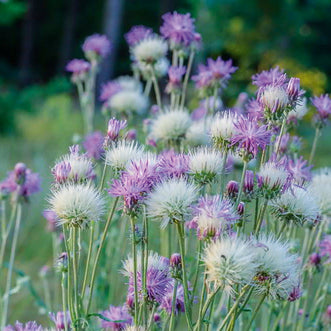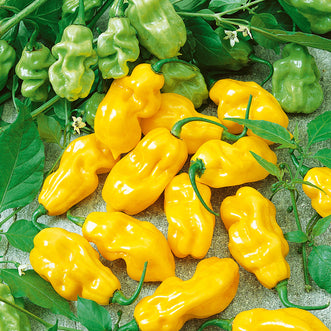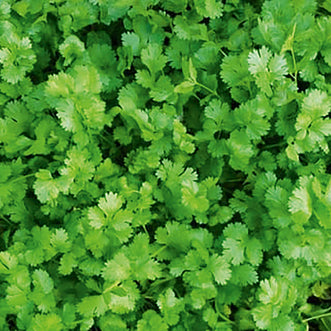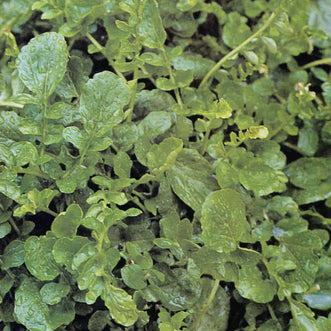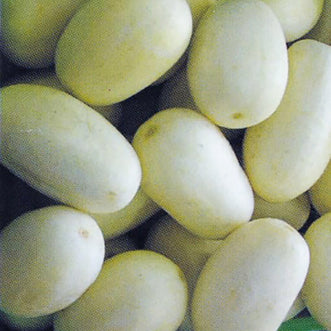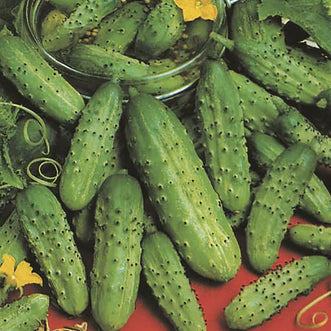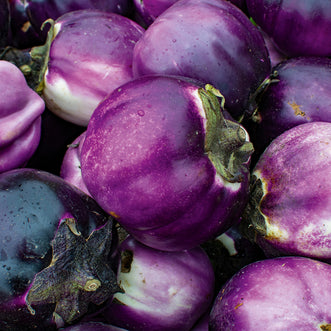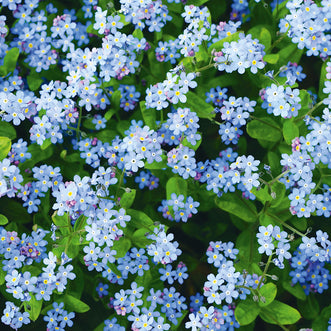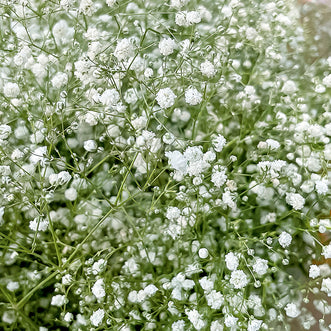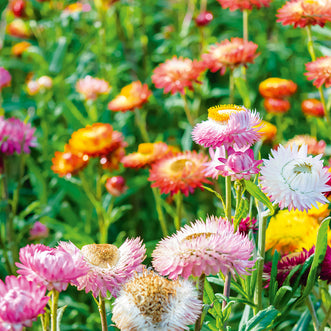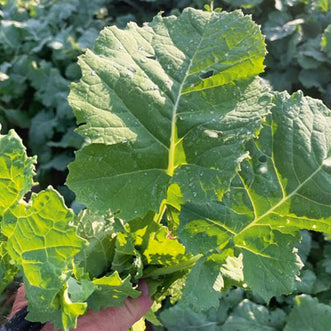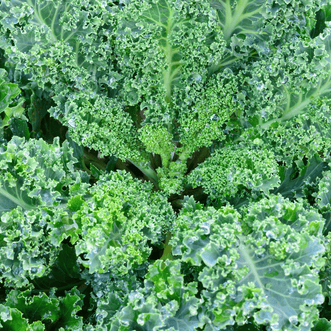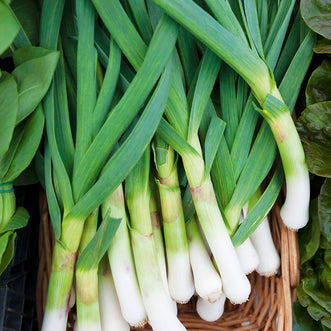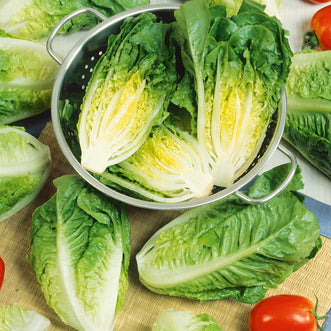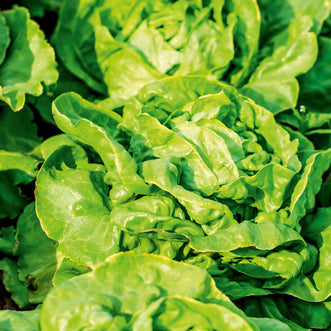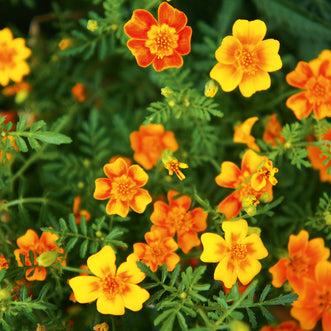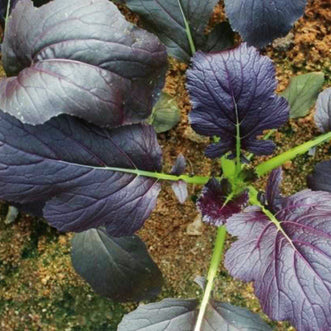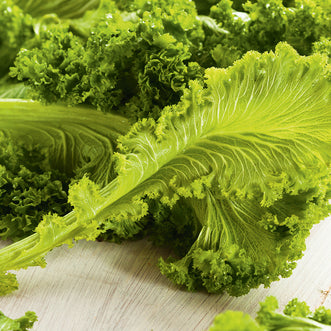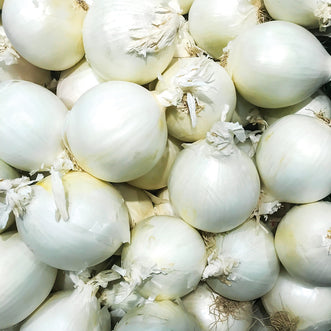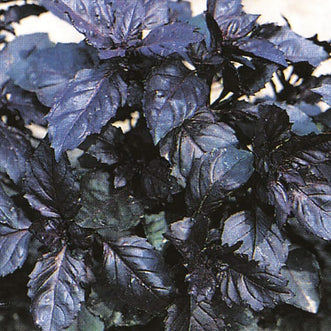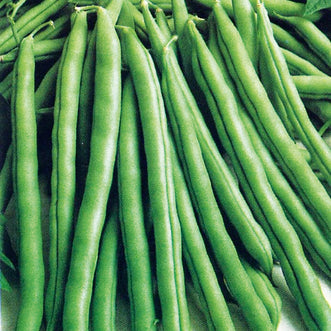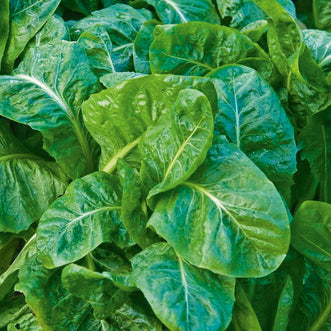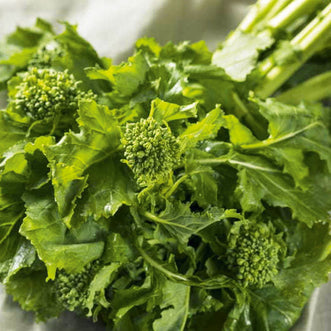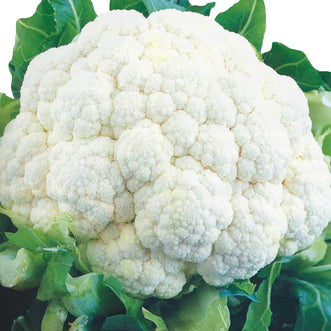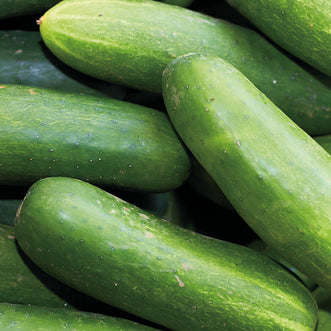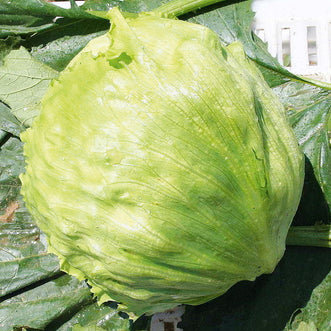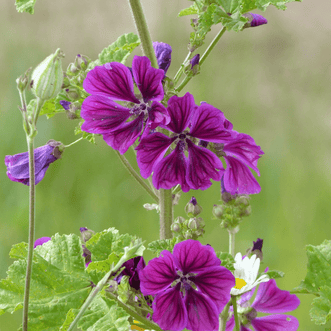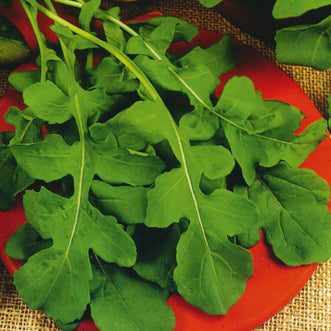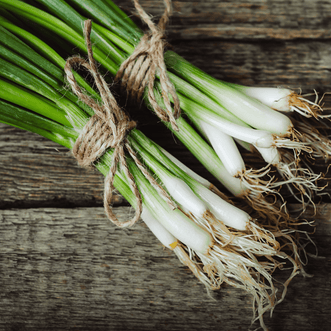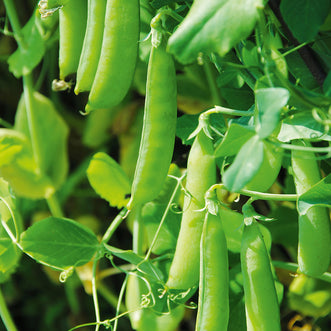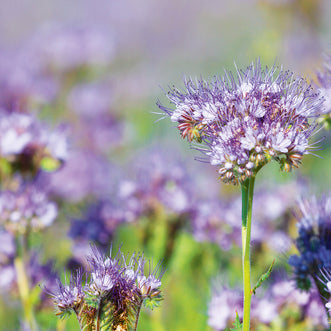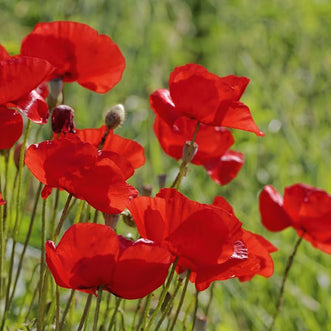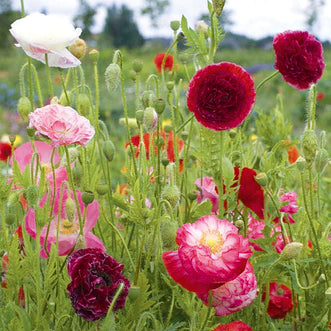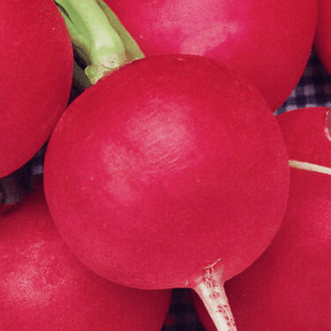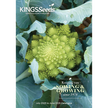Frost Hardy Plants NZ: Varieties & Gardening Tips for Winter Success

As we transition into the cooler months, you might have already experienced your first frost of the year, or perhaps you’re still waiting for it. Now is a great opportunity to explore frost-hardy plants and discover how you can continue gardening throughout the year, even in the coldest climates. We want to help you maintain a thriving garden, no matter the weather!
What Is Frost and Why Does It Matter?
Frost is a thin layer of ice that forms when water vapour in the air condenses and freezes on cold surfaces. This typically occurs on clear, still nights when ground heat escapes into the atmosphere. Cloudy or windy conditions tend to prevent frost formation by insulating the earth or keeping cold air from settling.
The danger of frost isn’t just cosmetic—it damages plant cells. When water inside the cells freezes, it expands into ice crystals, rupturing plant tissue and often causing wilting, blackened leaves and even plant death.
Which Plants Need Protection from Frost?
Not all plants respond the same way to cold. Understanding which plants need protection from frost is key to successful winter gardening.
Tender Vegetables (Need Protection):
- Tomatoes
- Pumpkins
- Beans
- Zucchini
Frost Hardy Vegetables (Can Withstand Cold):
- Carrots
- Beetroot
- Parsnips
- Kale
- Cabbage
- Leeks
- Onions
Interestingly, a positive of the frost is that some of these frost-hardy vegetables actually improve in flavour after a frost. When cold chilling weather occurs, that plant converts starches into sugars, making them taste sweeter.
Frost Hardy Flowers and Herbs:
- Pansies
- Violas
- Alyssum
- Sage
- Thyme
- Oregano
- Rosemary

Top Frost Hardy Plants NZ Gardeners Love
Vegetables
- Kale: A superfood that not only survives but thrives in frost. Its leaves become sweeter after cold exposure.
- Carrots & Parsnips: These root crops store sugars, which makes them less likely to freeze and even tastier post-frost.
- Cabbage: Cold weather toughens their leaves and concentrates flavour.
Herbs
- Rosemary: Woody and aromatic, rosemary handles cold well and keeps your kitchen stocked all winter.
- Thyme: Another hardy herb that can tolerate light frost and keeps your meals flavourful.
- Sage: A culinary garden must, add depth to most meals, whilst looking beautiful in the garden.
Flowers
- Pansies and Violas: These cheerful bloomers bounce back after a light freeze.
- Aquilegia: Grow throughout winter for late winter/early spring beautiful blooms.
- Calendula: The garden workhorse of flowers, always bright and cheerful, attracting pollinators and homing beneficial insects.
How to Protect Plants from Frost
Knowing how to protect plants from frost can save your garden from heartbreak. Here are the top methods:
1. Bring Potted Plants Indoors or Undercover
Pots don’t have the insulation of earth and get colder faster. Move them under eaves, into greenhouses, or onto covered decks. Ensure airflow and sunlight are still accessible.
2. Mulch Heavily
Apply a thick layer of mulch (like straw, bark, wool or leaf mould) around plant bases. This insulates roots, retains soil warmth and adds organic matter as it breaks down.
3. Cover with Frost Cloth or Blankets
Old sheets, drop cloths, or purpose-made frost cloths are effective insulators. Cover plants in the evening and remove them in the morning once temperatures rise.
4. Use Cloches or Row Covers
Cloches (mini greenhouses) can be as simple as plastic domes or as advanced as hoop tunnels. These protect plants while allowing light in.
5. Promote Airflow
Cold air settles in stillness. Use a fan to circulate air in small gardens, try creating microclimates such as planting windbreaks like hedges to help prevent frost pockets.

FAQs About Frost Hardy Gardening
Q: What are the most cold tolerant plants?
A: Brassicas (like kale, cabbage and Brussels sprouts), root crops (like carrots, radish, turnip and parsnips) artichokes and herbs like rosemary, sage, oregano and thyme are among the most cold-tolerant plants.
Q: What is the most hardy perennial flower?
A: Calendula and Hellebore would rank in the top rated frost-hardy flowers that will bloom in the cold, we also have some winter flowering sweet peas.
Q: What is the best plant for winter?
A: Kale is a standout winter plant. It’s nutritious, cold-hardy, and often tastes better after a frost. With an honourable mention to early autumn sown carrots.
Q: What is best to cover plants from frost?
A: Breathable frost cloths are ideal as they allow light and moisture in while protecting from temperature drops. In a pinch, use sheets or lightweight blankets.
Q: Can plants recover from frost damage?
A: Some can. Lightly frostbitten plants may bounce back with proper care. Prune dead growth, protect from further frost and give them time to recover. Many tender plants like watermelon, tomato and basil do not like getting frosted and will most likey die.
Final Thoughts: A Resilient Garden Starts with the Right Plants
Whether you're planting your first winter crop or simply trying to keep your herbs alive on the windowsill, a little planning goes a long way.
Frost doesn’t have to be the end of your gardening season. In fact, it can mark the beginning of a rewarding new chapter. By choosing the right frost hardy plants NZ gardeners trust, and learning how to protect plants from frost, your garden can continue to provide colour, nutrition and beauty all through the cooler months.
Your garden doesn't stop in winter. It just gets a little tougher—and so do you, with the frosty gardening knowledge you now have after reading this.
Ready to start your frost-hardy garden? Browse our collection of hardy vegetable, herb and flower seeds to plant your most resilient garden yet.



